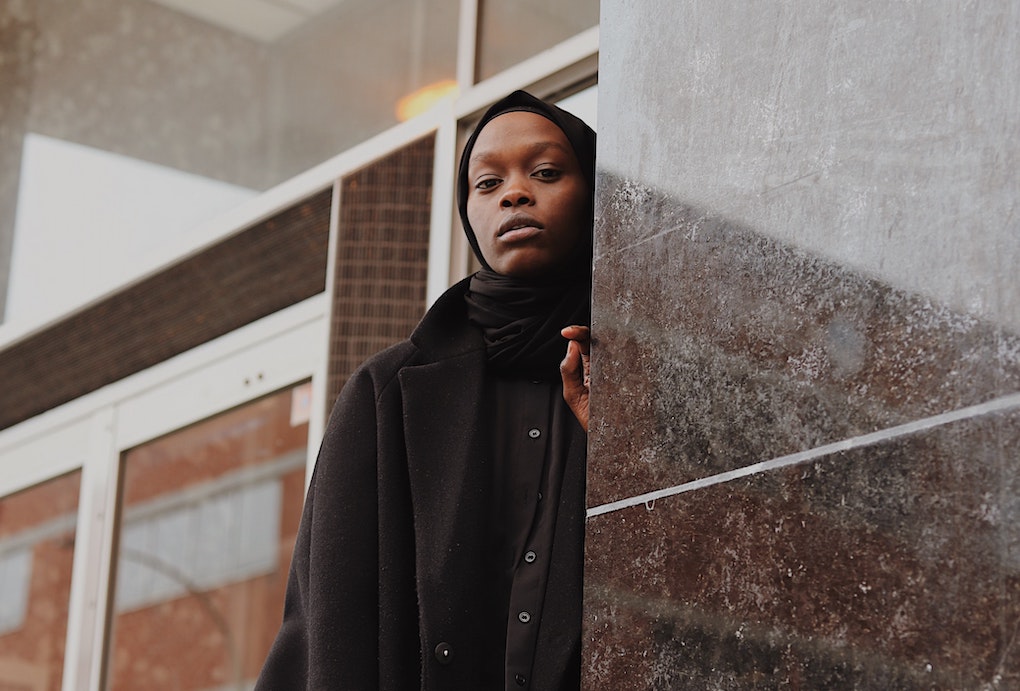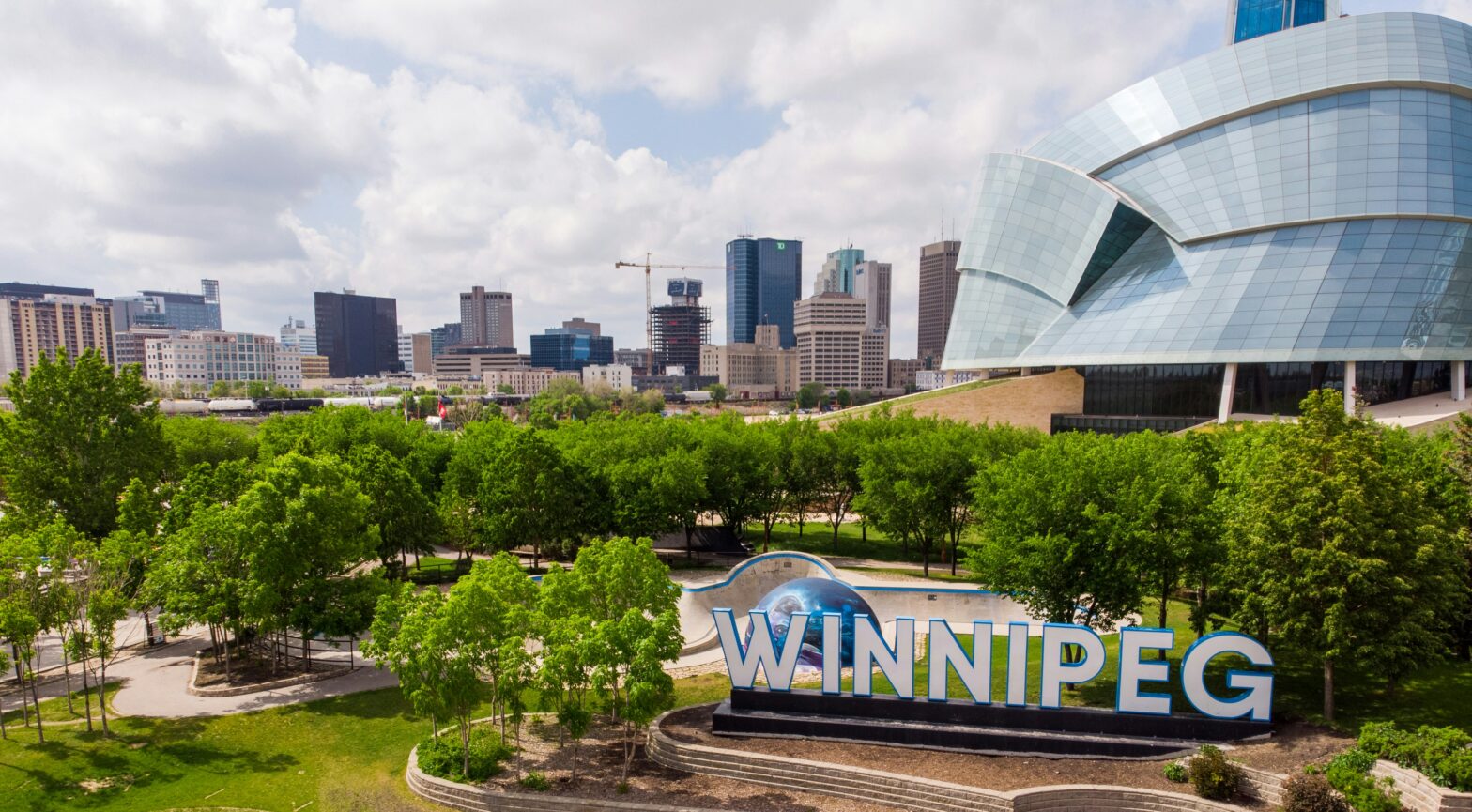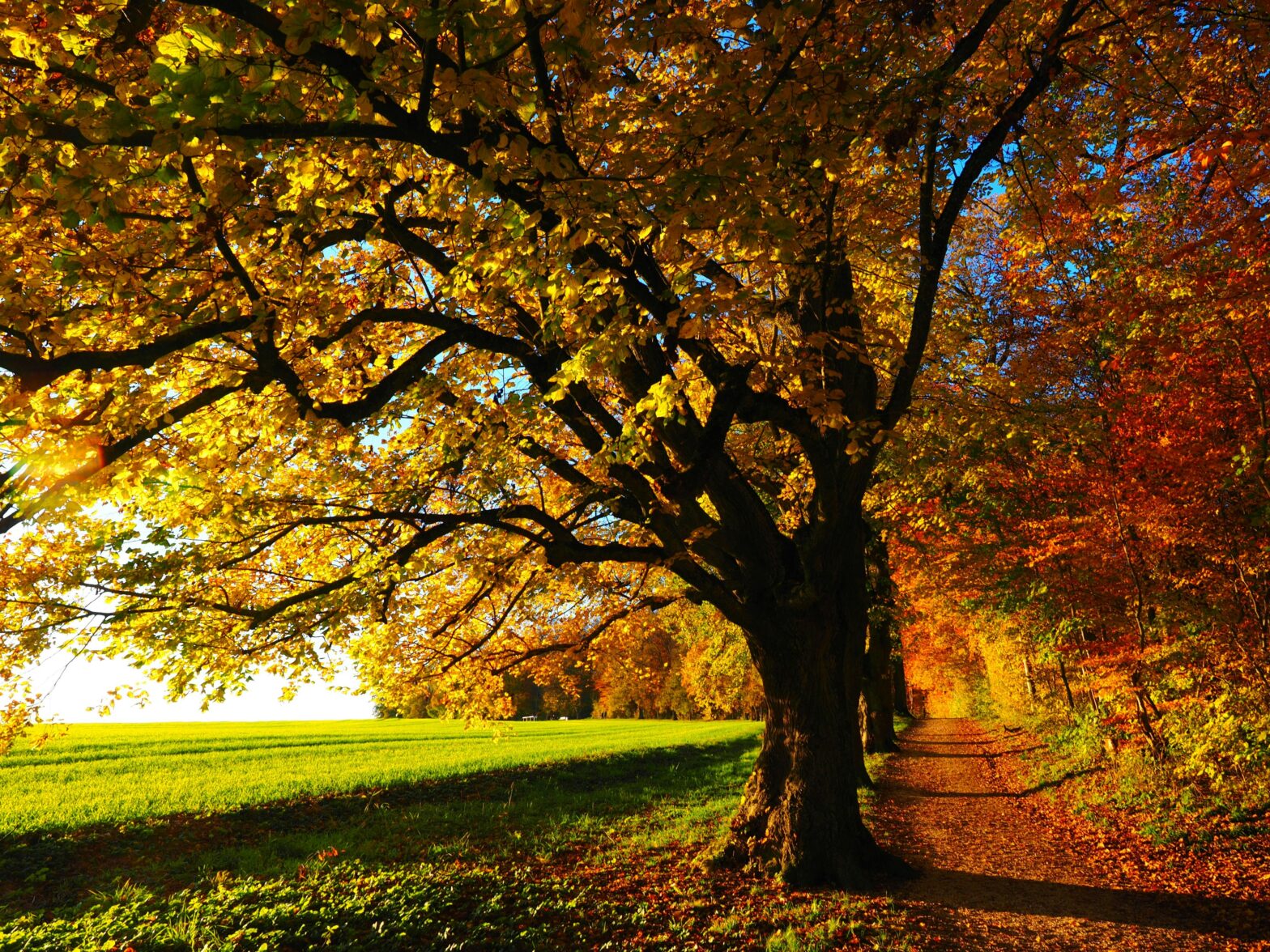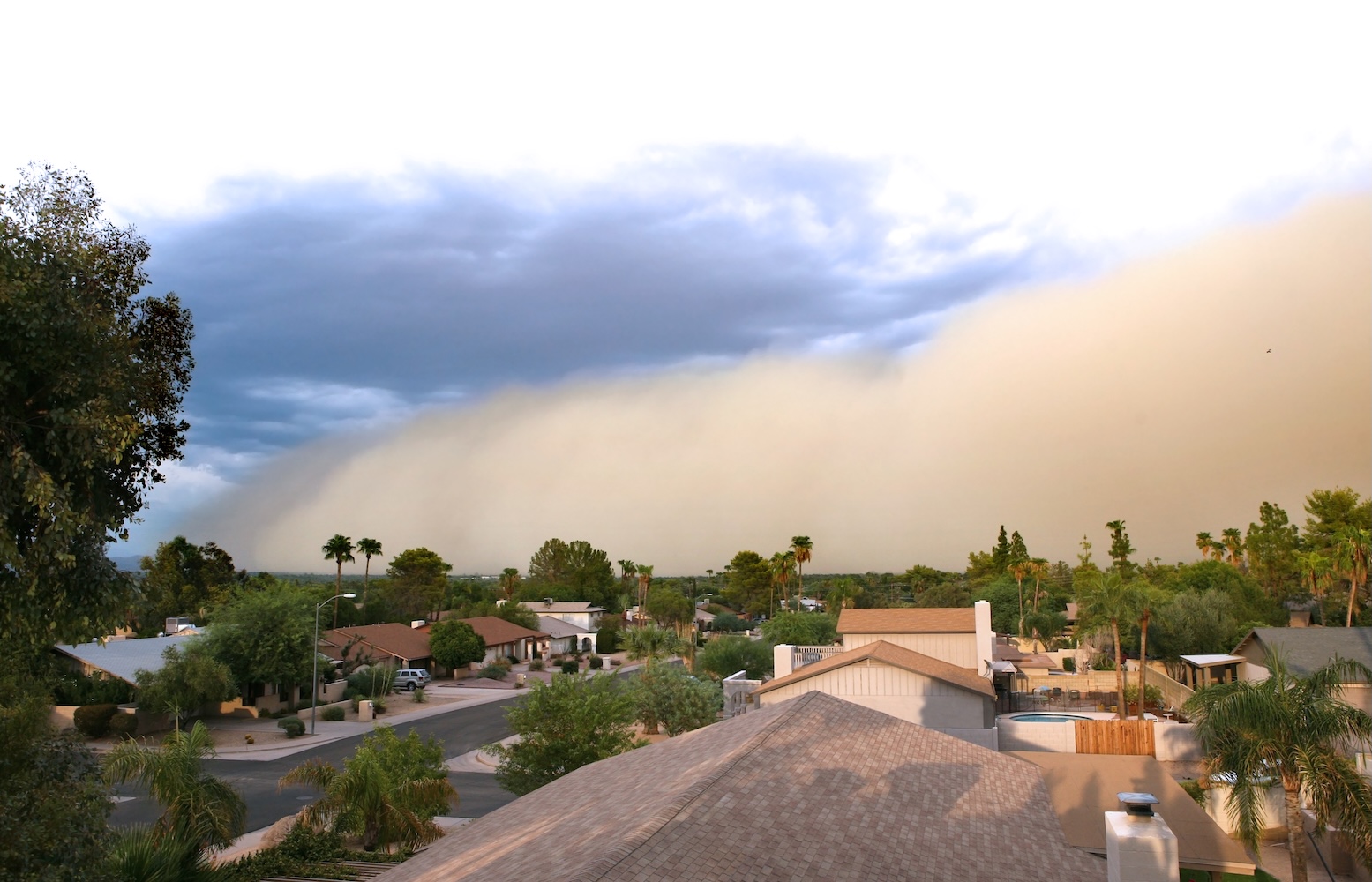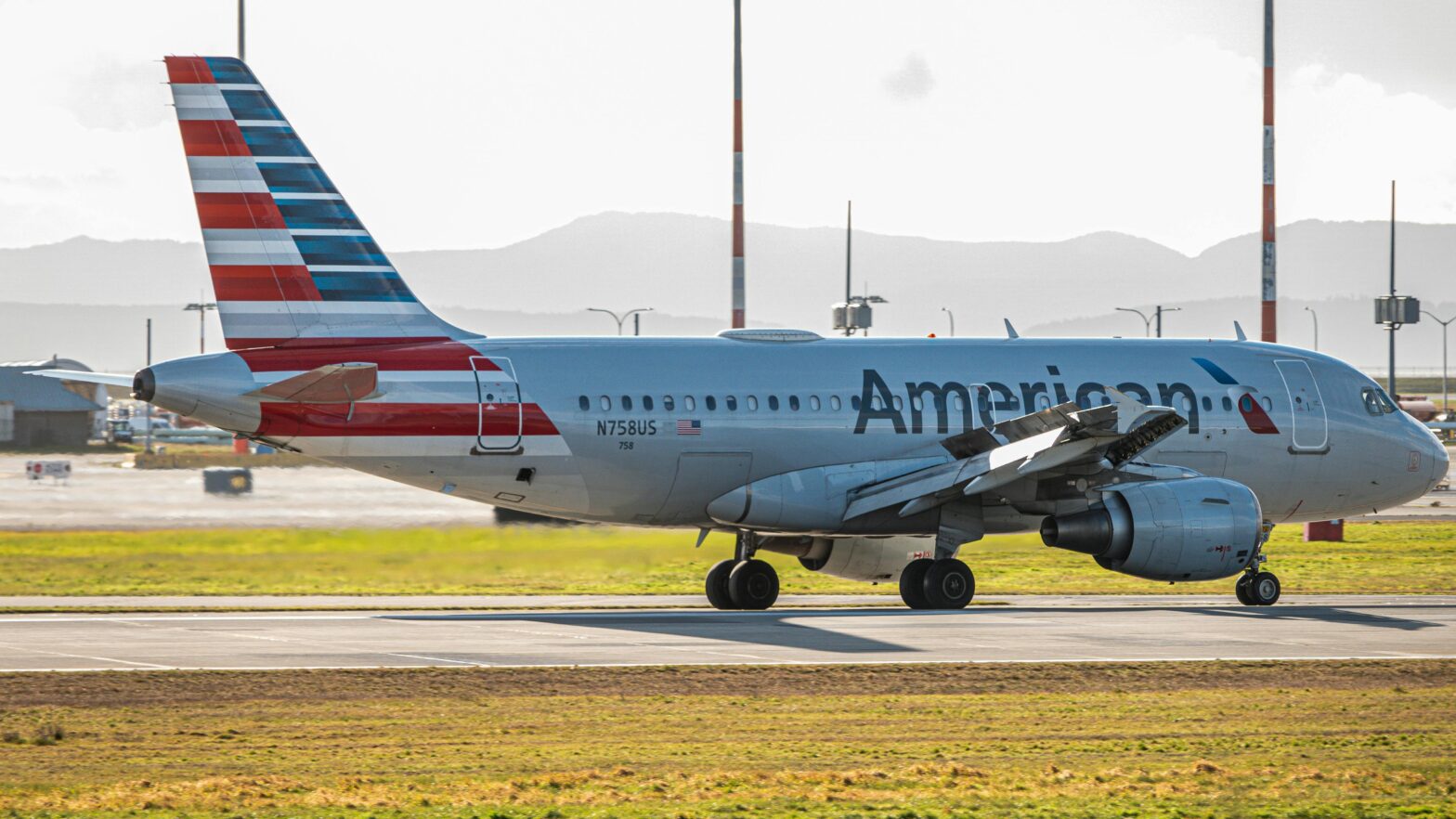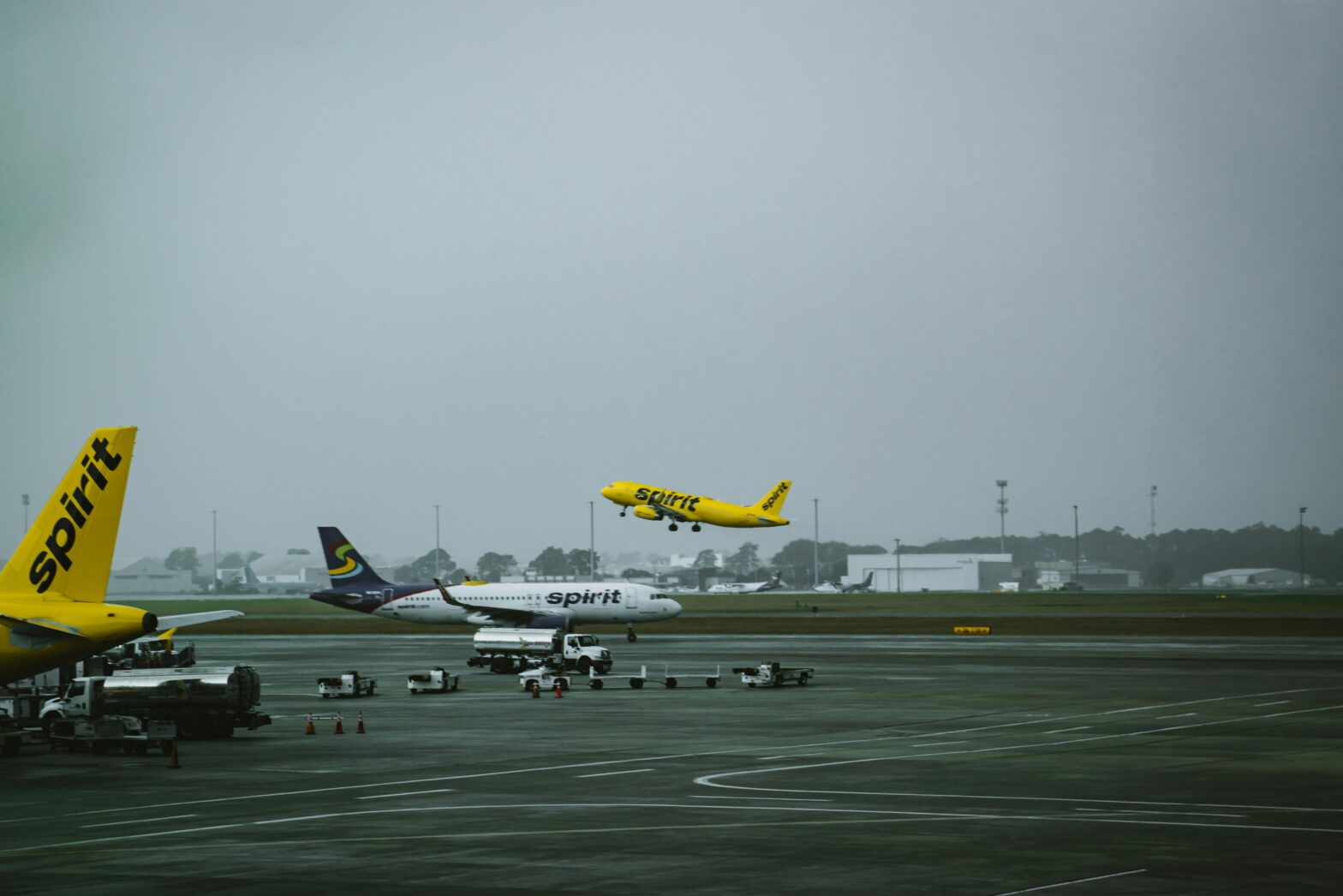At the beginning of the 19th century, the city of Salvador, Bahia, had roughly 65,000 inhabitants. Slaves represented 40% of its entire population. They came from African regions of Cabinda, Benguela and Luanda. Freed Black people accounted for another 38%, making Salvador the blackest city in the Americas.
This was a perfect scenario for one of the most emblematic slave revolts in Brazil’s history. However, it was a unique slave upheaval. This is because the revolt, held in 1835, was led by enslaved Black Muslims that were also numerous in Salvador.
In 1835, the Malé (Muslim in Yoruba) Revolt gathered 600 Black people, mostly Muslim people. Although one of their main goals was to fight for freedom, the insurgent also wanted to establish a free Muslim state in the heart of Brazil. For some scholars, the Malê Revolt is considered the only Jihad that happened in the Americas.
“The rebellion was planned around an important Muslim holiday, and the rebel participants dressed in Muslim clothing and wore amulets, said João José dos Reis, author of the book Slave Rebellion in Brazil: The Muslim Uprising of 1835 in Bahia. “The Bahia Malê would be a nation controlled by Africans, headed by Muslims.”
Between the 16th and 19th centuries there was no religious freedom in Brazil. Those who were not Catholics had to be converted to Catholicism. Dissidents were repressed, but some resisted this exclusivism. The enslaved Black muslims were an example of that.
The enslaved African Muslims began to enter Brazil in the late 18th century. They came from Benin (West Africa), where the Portuguese established a trade port in the region.
Most Muslim slaves that Bahia imported from Africa were Geges, Hausas, and Nagos (Yorubas). Among these, Nagos represented the single largest group. They were seen as skilled laborser and chosen to work in the urban areas of the city.
According to Reis, the function of the Muslims was basically organizational. The African Muslim community in Bahia, composed of disciplined and dedicated believers, offering an example of cohesiveness and resistance that other Africans were able to emulate.
“Africans without a family, without a home, without economic or other security and despised by the white element, found in Islam a means to discipline their bodies and minds. Thus organized, their sense of deprivation transcended the individual to reach the collective level,” said Reis in the book.
Another important aspect was the fact that the Muslim slaves could read and speak Arabic, and demanded to practice Islamism. In some aspects, many of the enslaved Black Muslims were even more educated than their masters. This fact helped the leaders to establish a plan to achieve their goal.
Scheduled to begin at dawn on January 25, during Ramadan, the revolt planned to kill all white people in Salvador. “Victory comes from Allah. Victory is close. Good News for the believers,” was the motto of the insurgents.
However, the revolt was denounced some hours before by a freed Nago woman, Guilhermina Roza de Souza. De Souza knew about the plot from her husband, also a Nago freedman, who had been informed by sailors in the port. De Souza’s intention was to prove loyalty to her former master who freed her.
Informed of the situation, the president of the province ordered the chief of police to carry out investigations and increase patrols in the city. A group of civilians and soldiers patrolling the streets of Salvador, arrived at a suspicious-looking two-storied building owned by freed Black man Domingos de Sa Falcao. Asked if there were Africans gathered in his basement, Falcão denied it. Then, the soldiers forced their way into the building.
Suddenly a group of about sixty blacks left the place shooting and shouting “kill the soldiers.”
Thus, the revolt had begun.
The riots lasted two days. The insurgents took over Salvador, burning police departments and invading Salvador City Hall. However, knowing beforehand about the insurgence, the legal forces could control the situation and restore order.
“During the revolt over fifty Africans, five soldiers, and two civilians died,” says Reis.
After 1835, the enslaved Africans faced a reign of terror in Salvador. Some were condemned to face the firing squad, and dozens of others received sentences of hundreds of lashes, life imprisonment with forced work, deportations and so on. Free Africans were deported in great numbers and many others returned to Africa spontaneously to escape the climate of terror imposed on the African community.
They could no longer freely rent houses and being Muslim could be extremely dangerous. Trips to and from Africa were severely controlled by the local government. In 1850, Brazil’s government outlawed the import of African slaves. The goal was to avoid another Malê revolt that could succeed.
